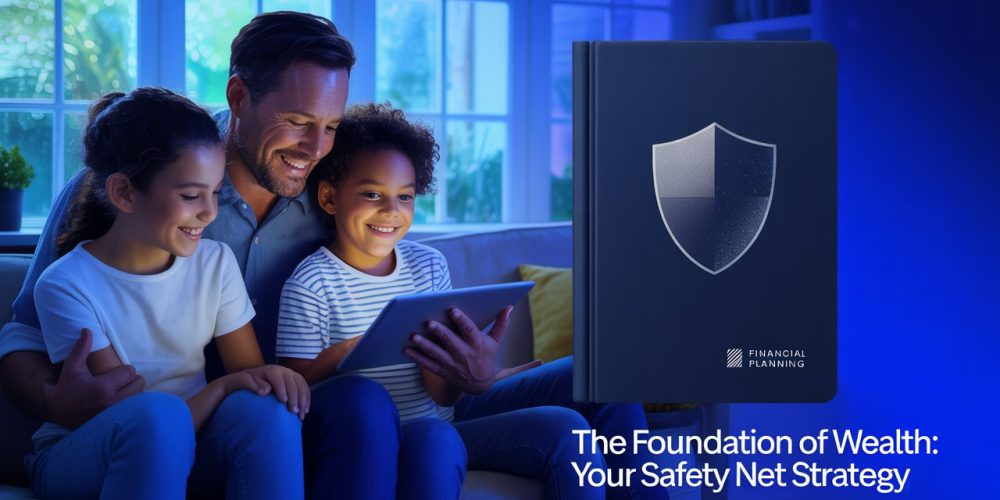Before you think about stocks, real estate, or long term investment …
Build your base.
Without it, every investment is fragile.
Here’s how:
1. The Emergency Fund
This is your first shield.
→ $2,000 if you’re single
→ $5,000 if you have a family
Keep it in USD or Gold, something stable and instantly accessible.
It’s not for investing. It’s for surviving surprises.
2. The Peace-of-Mind Fund
Six months of living expenses, minimum.
↳ Store this in semi-liquid assets:
- Gold
- Money Market Accounts
- Certificates of Deposit (CDs) in many countries
In the UAE, for example, ADCB offers strong programs designed for this. You can check with local Banks.
3. The Certificates of Deposit Accounts
Your funds will be locked up for period you will choose.
Don’t just keep one account. Build layers.
→ 3-Month Lockup (20% of savings)
Covers short emergencies if your funds are limited.
→ 6-Month Lockup (40% of savings)
Covers full expenses and gives breathing room.
→ 12-Month Lockup (the rest)
This is the fortress. It buys you time to reset, pivot, and make smart moves instead of desperate ones.
⤍ The names may sound fancy, but the logic is simple:
◼ Emergency = Instant survival
◼ Peace-of-Mind = Half a year of safety
◼ CDs Lookup Accounts = A year of breathing room
Most people gamble with investments before securing these layers.
That’s why they panic-sell, borrow under stress, and lose wealth instead of building it.
Real wealth starts with peace of mind.
Because you can’t grow if you’re always worried about surviving.
Final Word!
These numbers are not absolute. Your emergency fund must reflect your lifestyle, family size, income level, and responsibilities. A single professional may only need a modest buffer, while a family with dependents, business obligations, or higher living expenses may require a much larger reserve. Think of this framework as a guideline – the real figure should be tailored to your position in life. The goal is not just to save a fixed amount, but to create peace of mind that matches your reality.
Before you invest a single dollar, make sure your foundation is strong.
📌 Start with the basics: 11 Fundamental Money Concepts Everyone Should Master
📌 Most people chase headline numbers — 10%, 12%, even 20% returns — without asking the real question: what risk did I take to earn this? That’s the essence of risk-adjusted return, and it’s the line between investing and gambling. Understanding volatility, loss probability, and liquidity helps you compare opportunities not just by how much they promise, but by how safe and sustainable they really are. Read the full guide here: What is Risk-Adjusted Return (and Why Every Investor Must Understand It)
Without these two, every investment decision is just gambling, not wealth-building.
#MunawarAbadullah #WealthWithMunawar #WisdomToWealth #MunawarPlaybook



8 Responses